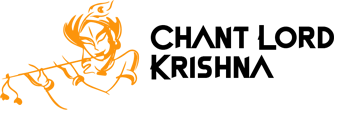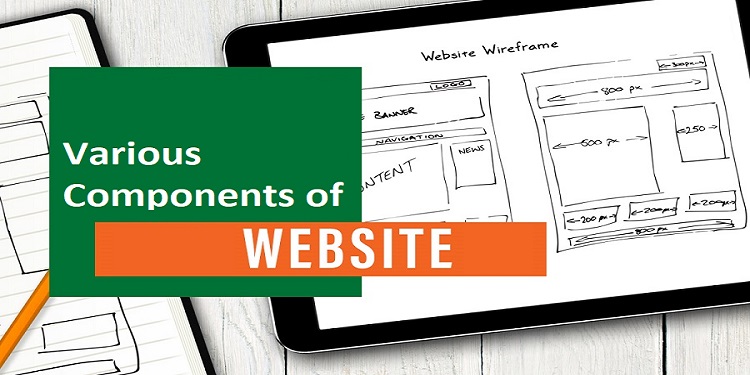A website is a collection of web pages and other content that is hosted on the World Wide Web for the purposes of promoting a product or service. In this article, we will discuss various components of a website and its importance:
Hosting
Hosting services provide the space, power and bandwidth to store your website’s files. This is where your website actually lives, so it’s important to find a good hosting service that can support everything you want to do with your website.
As a general rule, hosting services are provided by one of two types of companies:
- Your web hosting company (the company that provides you with the domain name)
- A third-party provider (these providers lease server space from larger companies and then sell it on in smaller chunks)
Domain Name
The domain name is the next thing people see, hear and read when they visit your website. The internet is an ever-changing landscape. Your domain name may not always be available or even appropriate for your business when it comes time to renew or rebrand your site, so it’s important that you choose a domain name that will work for you now and in the future.
Website Logo
A logo is the identity of any company, organization or person. It is the visual representation of the brand. A good logo should be unique, simple and memorable. It should reflect the core values of your business or organization in a way that can be easily understood by your audience members at first glance.
Logos are scalable: they can be scaled up or down in size without losing quality or integrity (for example, a small version on a business card doesn’t look like it’s been blown up from an enormous size). They’re also responsive: they adapt to different screen sizes so people viewing them on their phones get an optimal viewing experience that isn’t compromised when viewed on desktop computers or tablets.
Logos need to be easy to update because companies change over time—their goals might shift, new staff members may join and leave over time (and thus require updating), etc., but even if these happenings aren’t happening quickly enough for you then there will still come a point where someone needs access to make changes before something happens!
NOTE: You Can also Go To Best Website Designing Company in Chicago.
Navigation menu
The navigation menu is the main tool for navigating a website and should be easy to use. The navigational elements should be consistent across the site, so that all users can find their way around with ease.
Here are some tips for creating effective navigation:
- Use clear, concise labels that describe what your visitors will find when they click on each link.
- Put related items together in a logical way, such as putting all of your social media links under “Social Media,” or having all of your contact information appears in one place.
- Don’t add too many options—people like seeing only what’s relevant to them at any given time; it helps them get things done faster!
Call to action
A call to action (CTA) is a button or link that prompts users to take the next step in an online transaction. CTAs can be simple or complex, but they’re almost always used on websites and in emails.
It’s important to have a CTA on your website because it encourages visitors to engage with your content and buy something from you—or at least learn more about what you do. You have several options when it comes to implementing CTAs: You can use buttons, links, videos, or other elements like pop-ups or carousels.
Social media integrations
Integrating social media into your website is a great way to build a community, but it can be tricky to figure out how exactly to do it. There are many different types of integrations that you can choose from:
- Social Media Buttons (e.g. Twitter, Facebook)
- Social Media Sharing Buttons (e.g., Pinterest)
- Login Through Social Media (e.g., Google Plus)
- Follow Through Social Media (e.g., Instagram and Twitter)
- Share On Social Media (Pinterest Pins or Tweets)
- Comment On Social Media Posts or Pages
Responsive design
Responsive design is a method of laying out your website so that it displays properly across all devices. This means that the layout changes in order to fit the size and shape of the screen it is being viewed on (e.g., a smartphone, desktop computer, tablet). Responsive design is ideal because it allows your website to be accessible to everyone who visits it—regardless of what device they are using or how they are accessing the internet.
Responsive design uses CSS rules that instruct browsers how to display your site’s content based on their viewport sizes and screen resolutions. These rules can be applied using media queries which tell browsers about specific conditions (like whether a user has enabled pinch-to-zoom functionality) and change CSS styles accordingly. A good example would be making paragraphs smaller when viewing them on mobile phones so there’s enough room for other content like images or videos without having too much text take up space unnecessarily
White space design
White space is the space in between elements on a website. it can be used to break up the text so that it’s easier to read, as well as highlight important elements of your site. It’s also an element of design that you should understand when creating websites since it plays a role in how easy or difficult users find it to navigate through your content.
White space can be used to create order among the chaos of content, regardless of its purpose or meaning. By organizing your layout using white space effectively, you’ll inevitably increase both user experience and usability for anyone who visits your website.
SEO-friendly content writing
Search engine optimization (SEO) is the practice of optimizing your website so that it is easier for search engines to find, index and rank your pages.
The goal of SEO is to make sure that your site appears in the top results when someone searches for a particular keyword or phrase. While there are many factors that help determine how high you will rank on search engines, one important element is the quality of your content.
Final words
A website is an important tool for any business, big or small. It’s not just a place where you can post your products and services, but it’s also a platform where your customers can find everything they need via search engines as well as social media channels like Facebook and Twitter.
To create a website, there are many different components that must be considered including what type of CMS (content management system) will be used, which theme should be used on top of that CMS in order to create an attractive design – whether it is responsive or not – as well as which hosting plan best fits the needs of their customers.
In addition, the Website Designing Course in Noida is the best place to learn website designing and development. You can learn basic to advanced skills in website design and development through this course. The course will provide you with core concepts and teach you how to build a website.



